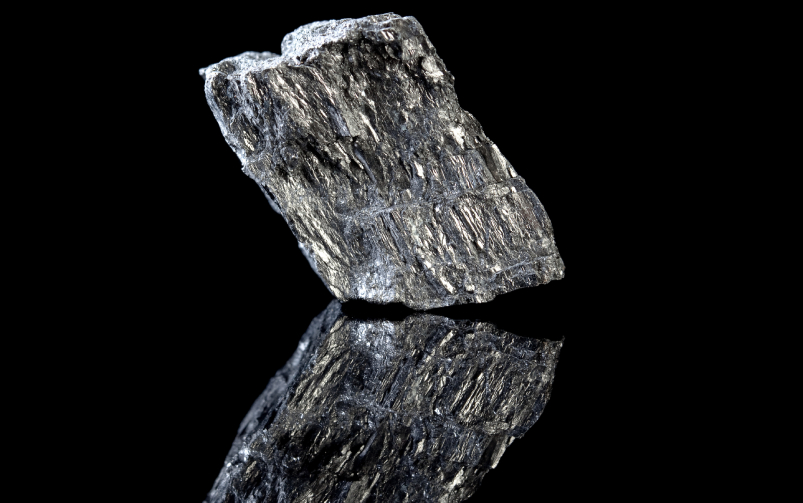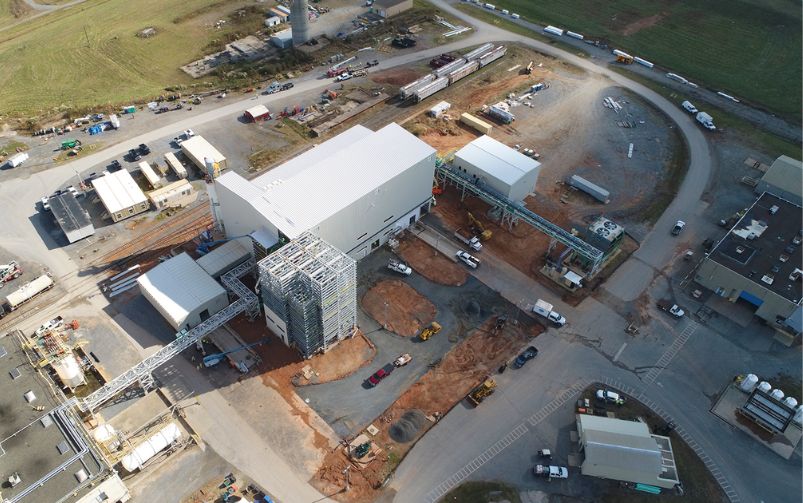Champion Iron’s Bloom Lake mine facilities. Courtesy of Champion Iron.
Champion Iron announced in late April that it had approved an increase of $52 million to its initial budget of $10 million for the engineering and construction of its direct reduction pellet feed (DRPF) project at its Bloom Lake iron ore complex in Quebec. The project has an anticipated cost of $470.7 million and is expected to be completed by the second half of 2025.
Detailed engineering is ongoing for the project, which aims to upgrade the Bloom Lake Phase 2 plant’s production of iron ore concentrate from 66.2 per cent to 69 per cent with combined silica and alumina content below 1.2 per cent, making it one of the world’s highest-purity iron ore products.
The product can be converted to direct reduced iron (DRI) pellets and used as a primary ingredient in DRI and electric arc furnace (EAF) steelmaking, technology that produces steel using scrap material and DRI as primary feedstock.
Using DRI/EAF processes in steelmaking reduces carbon emissions when compared to traditional blast furnace (BF) and basic oxygen furnace (BOF) processes, which use iron ore and coal as feedstock to produce steel. According to an estimate by Champion Iron using Wood Mackenzie data, its DRPF project can reduce emissions by 50 per cent by switching from BF/BOF steelmaking to DRI/EAF processes.
David Cataford, Champion Iron’s CEO, stated in a May 30 press release that the project is a “rare global opportunity to produce direct reduction quality iron ore, enabling steelmaking without the use of coal.”
In January, Champion Iron announced the findings of its feasibility study for the project, which showed an average life-of-mine production of 7.5 million tonnes per year of DRPF quality iron-ore with an after-tax net present value of $738.2 million and an internal rate of return of 24 per cent.
In a January 26 press release, it stated the project will regrind iron ore concentrate prior to submitting it to a reverse flotation process to further remove silica from iron oxides, which will reduce energy consumption and improve iron recovery compared to traditional flowsheets.
According to an August 2022 report from the Institute for Energy Economics and Financial Analysis, DRI/EAF technology requires high-quality iron ore (DR-grade) with iron content of 67 per cent and above, but DR-grade iron ore makes up only about four per cent of global iron ore supply. It stated that among industry, there is concern that a lack of DR-grade ore will limit switching from BF/BOF to DRI processes. However, it added that new technologies are challenging this view.
The World Steel Association stated that in 2020, on average, every tonne of steel produced led to the emission of 1.85 tonnes of CO2. In 2020, it stated total direct emissions from steel production were approximately 2.6 billion tonnes, which represents between seven and nine per cent of global anthropogenic CO2 emissions.




